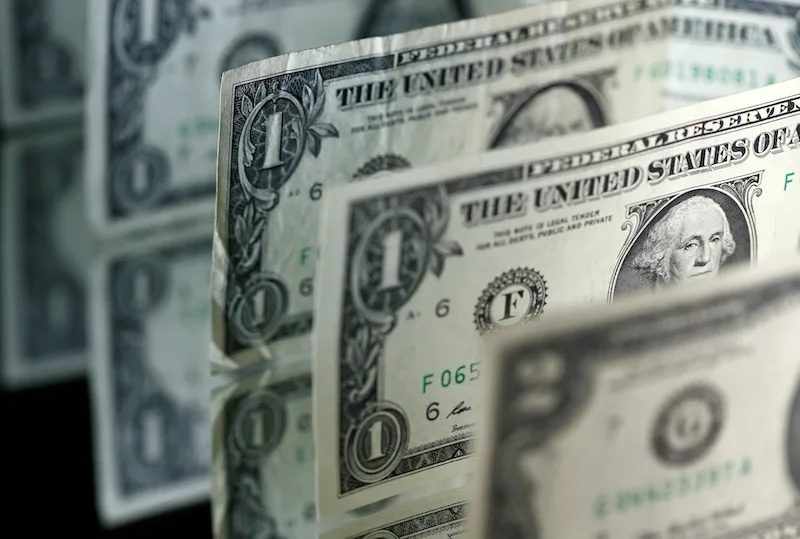India Must Push Rupee as International Trade Currency, Benefits Far Outweigh Losses
- Date: 21-Apr-2022
- Source: Money Control
- Sector:Financial Markets
- Country:Middle East
India Must Push Rupee as International Trade Currency, Benefits Far Outweigh Losses
India operates a huge trade deficit in excess of $150 billion. One of the best ways to counter this trade deficit is by introducing Rupee trade for major imports. The Rupee trade has been a point of discussion for over a decade now, but it never took off largely due to various geopolitical and economic constraints. Current global dynamics of trade demand availability of free currency, which is acceptable to both parties before such transactions are executed. Also balancing the strengthening or weakening of a currency means fixing of rates, impacting exports and imports.
The dollar has been the world’s principal reserve currency since the end of World War II and is the most widely used currency for international trade. Internationalisation of Rupee can lower transaction costs of cross-border trade and investment operations by mitigating exchange rate risk. But this, as per the RBI, “makes the simultaneous pursuit of exchange rate stability and a domestically oriented monetary policy more challenging, unless supported by large and deep domestic financial markets that could effectively absorb external shocks.”
LESSONS FROM HISTORY
In early 1960s, the Rupee was the unit of account in India’s payment agreements with eastern Europe. Under the so-called gold clause in























